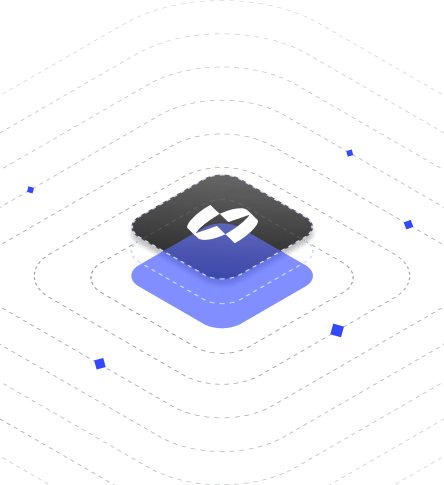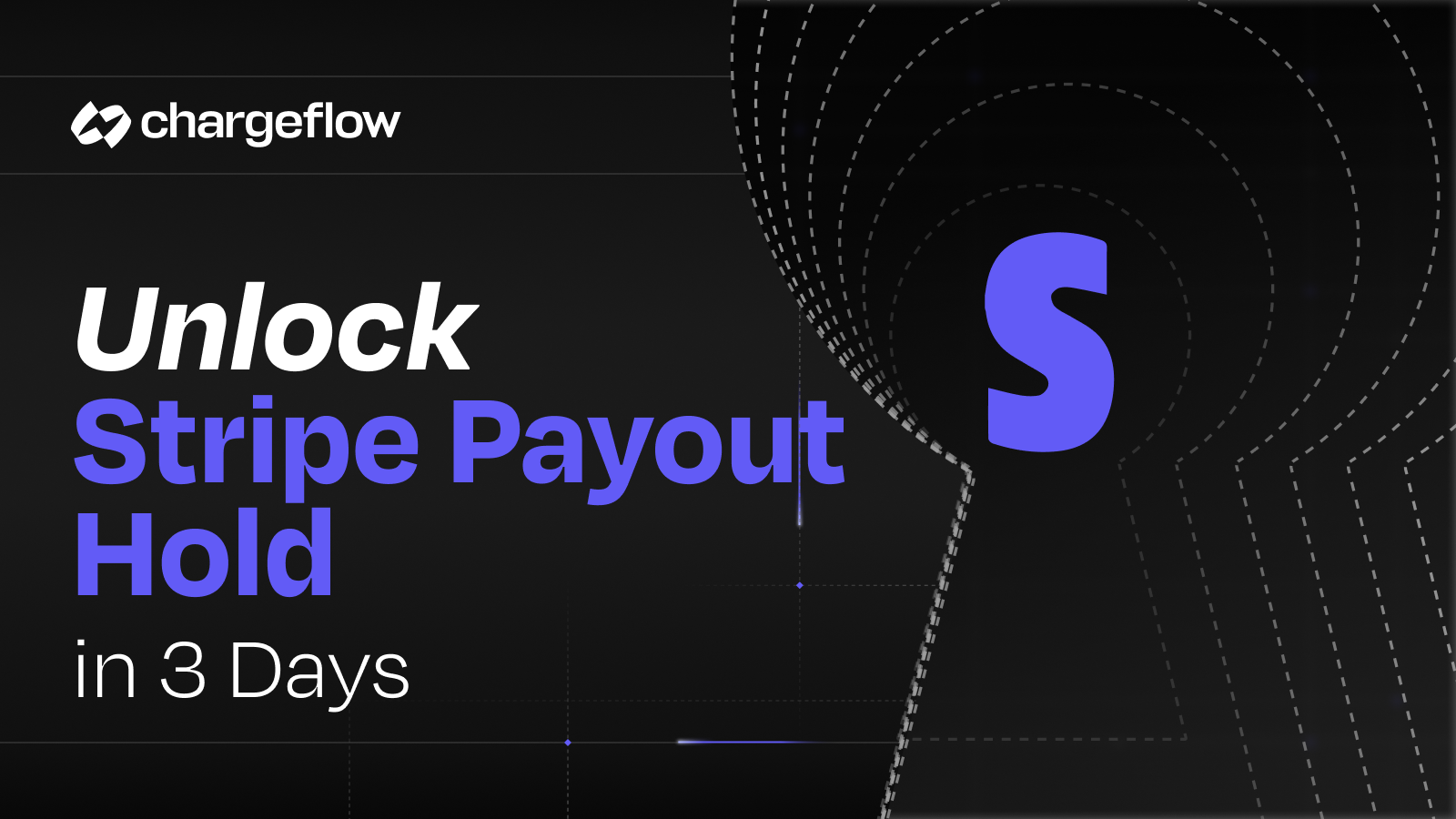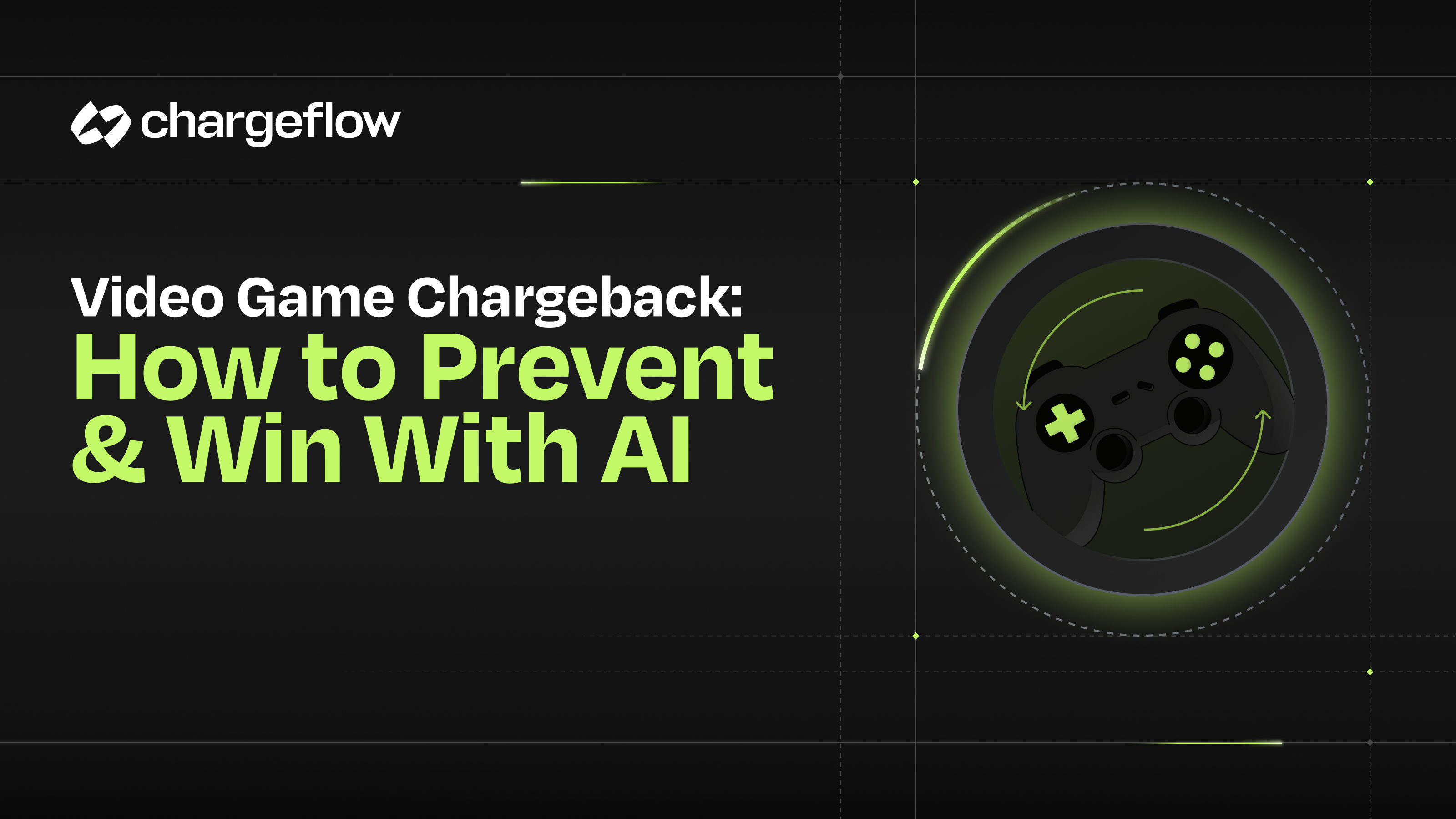Post-Holiday Chargebacks on Shopify: Stop Fraud and Save Money the Easy Way

Chargebacks?
No longer your problem.
Recover 4x more chargebacks and prevent up to 90% of incoming ones, powered by AI and a global network of 15,000 merchants.
Chargebacks rise by over 40% in January compared to November and December, and Shopify says chargebacks cost merchants 0.47% of their total revenue.
Generally speaking, cardholders file post-holiday chargebacks on Shopify when there's an unauthorized transaction, they canceled a subscription but got billed anyway, returned a purchased product or canceled a transaction but yet to receive a refund, did not receive the products or services purchased, item purchased did not match the description from the merchant or the merchant made a significant error like double billing.
The shopping season has officially begun, with merchants wiping the floor with unbelievable Black Friday Cyber Monday (BFCM) sales numbers. According to Shopify, merchants using their platform made $9.3 billion in sales over BFCM weekend, breaking the 2022 record of $7.5 billion by 24%.
More so, 61 million consumers bought from Shopify-powered brands, with a 60% increase in YoY sales made by Shop Pay. Additionally, 17,500+ entrepreneurs made their first sale on BFCM, even as 55,000+ merchants had their highest-selling day EVER on Shopify.
As we look forward to holiday sales and the exciting numbers to follow, it’s wise to equally plan for post-holiday Shopify chargebacks, as they often take the joy out of the revenue influx during the season.
Shopify Chargeback Reasons—Why Customers File Disputes
Cardholders file chargebacks on Shopify for different reasons, but generally speaking, Shopify chargebacks happen for five reasons:
- Someone used a stolen card to make a transaction,
- A subscription was canceled, but the customer got billed anyway,
- The buyer returned a purchased product or canceled a transaction, but you have yet to provide a refund,
- The customer did not receive the products or services purchased,
- The item purchased did not match the description from the merchant, the merchant made a significant error like double billing, or something else.
Sometimes, the customer can use the reason code stated above to mask their true intent of defrauding the business. This abuse of the chargeback system is called friendly fraud. And Shopify says such false and fraudulent chargebacks cost Shopify merchants 0.47% of their total revenue annually. Industry analysis shows that about 80% of all chargebacks are fraudulent. More so, one study of 1,542 shoppers found that 22% of customers buy items to use and return them.

Deal with Post-holiday Chargebacks on Shopify Like a Pro
Chargeback fraud prevention is a complex game of chess with several moving pieces. On the one hand, scammers are constantly seeking loopholes to steal from you. On the other hand, you must combat an outdated, bureaucratic dispute resolution system that makes winning cases almost impossible.
If your Shopify store is already besieged with chargebacks, take heart. The following best practices and hacks will help you level up and fight back.
We’ll walk you through simple processes to help you effectively deal with the chargeback reason codes stated above.
#1: How to Deal with Fraud-related Post-holiday Chargebacks on Shopify
Fraudulent or unauthorized transaction is the leading chargeback reason code in the industry. For this, the cardholder claims they didn’t authorize the payment in question. To overturn a meritless case, you must provide compelling evidence that the cardholder or their relative initiated the transaction.
Below are crucial pieces of documentation you need in your representment:
- Customer Communication: Proof of your communication with the cardholder. Include only the parts where the customer admits to paying or accepting terms and conditions.
- Shipping Documentation and Address: Include all relevant shipping and tracking PDFs [from the shipment website] indicating the address to which you shipped the goods, matching the address the customer provided at checkout point.
- Previous non-disputed payments: Add any last non-disputed order data and tracking numbers from the customer. Upload that documentation in the Additional Information section with details on the orders.
- IP Address: If you sold a digital product, include the customer’s IP address and timestamps showing they accessed the product.
#2: How to Deal with Subscription Canceled Post-holiday Chargebacks on Shopify
Subscription-based businesses tend to get a higher rate of chargebacks than other verticals. Cardholders usually file subscription canceled chargebacks because they claim you billed them after they opted out. To overturn the chargeback, you must prove the subscription was still active and the customer was aware of it and did not opt-out before billing period.
Below are crucial documentation you need in your representment:
- Your cancellation policy: Include your subscription cancellation policy as shown to the customer.
- Cancellation policy disclosure: Include a document showing how and where your customers see the cancellation policy.
- Cancellation Rebuttal: If the customer indeed attempted to cancel, but you denied such an attempt, justify why they are not qualified for cancellation. Example: First Three Months Offer [payment required on the fourth month]. The cardholder requested a cancellation after the freemium period.
- Customer Communication: Add your email notice of the impending bill at least three days before billing due date. If you shared a text message with the customer informing them of the bill, or they agreed to a discount and later disputed the charge, include that vital piece of evidence.
- Sales Receipt: Include your sales receipt and order summary, as the case may be.
- Add any other relevant information that shows the customer received an email notice days before the bill and provide evidence of shipment or access to the goods/service.
#3: How to Deal with Credit Not Processed Post-holiday Chargebacks on Shopify
This chargeback reason code indicates the customer returned a purchased product or canceled a transaction, but you have not provided a refund or credit. To overturn the dispute and reclaim your money, you must demonstrate that you have refunded the cardholder. Or that they’re not entitled to a refund.
But first, you must do some standard due diligence to check if they have a legitimate case. If so, then request that they withdraw the dispute from their side and after that, you can refund them.
Even when they agree to withdraw the case, you still need to provide that evidence and communication with the customer in your response.
Below are crucial pieces of documentation you need in your representment:
- Refund Policy: Add your order refund policy.
- Refund policy disclosure: Include details of when and where you showed the customer your order refund policy.
- Description of why the customer has not received a refund: Include precise details of your policies and why the customer isn't entitled to a refund, according to your terms and conditions and order refund policy.
- Customer Communication: Add all relevant customer communication, such as when you informed them of your payment policy and explained why they are not entitled to a refund.

#4: How to Deal with Product Not Received Post-holiday Chargebacks on Shopify
As the name implies, customers file product not received chargeback category when they claim they did not receive the products or services purchased.
You must prove that the customer received a physical product or offline service to overturn the chargeback. Or that they used a digital product or online service. You must also establish they received or used their purchase before the date they filed the dispute.
Below are crucial pieces of documentation you need in your representment:
- Customer Communication: Add proof of communications with the cardholder. Make it brief and highlight the parts where the customer admits to receiving and using the product (even if they complained about it).
- Shipping Documentation and Address: Include all relevant shipping and tracking PDFs [from shipment website] indicating the address to which you shipped the goods, matching the address the customer provided at check out point.
- Previous non-disputed payments: Add any last non-disputed order data and tracking numbers from the customer. Upload that documentation at the Additional Information section with details on their last orders.
#5: How to Deal with General Post-holiday Chargebacks on Shopify
The General chargeback reason code refers to any chargeback that does not fall into the first four brackets above. For this uncategorized dispute, you need to search for every relevant conversation with the customer that could help you figure out their reason for the dispute.
If you don’t find helpful information in that regard, it’ll be wise to reach out to the cardholder and try to hatch things out. But suppose they didn’t respond or choose to work it out with you. In that case, use the following compelling evidence to fight the dispute:
- Customer Communication: Every piece of customer communication will be crucial in overturning the dispute. Include any email, text, or transcript where they stated they had received the product or used it.
- Previous non-disputed payments: Add any last non-disputed order data and tracking numbers from the customer. Add documentation on each of the earlier orders. Upload that documentation at the Additional Information section with details on their last orders.
- Add all available documentation on order.

General best practice for an effective chargeback response
- Respond within the chargeback response time limit: at most 30 days.
- Provide clear and accurate evidence.
- Customize your compelling evidence to each chargeback reason code, even if you believe it’s false.
- Make your answer concise and straight to the point.
Why Chargeback Automation Yields Superior Results
For starters, you should know that up to 40% of chargebacks stem from internal issues that you CAN prevent.
But without adequate tools to effectively track, monitor, and address the root causes of chargebacks, you will keep flying blind.
More so, chargeback automation with products such as Chargeflow helps you to:
- Stop suspicious transactions before they cost you money. The blacklist functionality gives you a valuable database of customers who have filed a chargeback dispute. Synchronizing that with your customer relationship management tool can help you isolate and stop suspicious transactions.
- Stop chargebacks before they even happen. With Chargefow’s chargeback alerts, you effectively harness the power of real-time dispute alerts to proactively prevent chargebacks before they become chargeback.
- Recover disputes without lifting a finger. Chargeback automation helps you manage end-to-end chargeback processes automatically while improving user experience. Automated chargeback management gives you over 70% more ROI than manual processes.
- Enhance business processes. With chargeback automation, you can readily see user transaction behaviors, close loopholes, forecast transactions that could result in chargebacks in the future, and better align your strategies with changing dynamics.
In conclusion, it’s vital to note that chargeback is a consumer protection mechanism that has given online shoplifters a convenient tool to commit fraud and get away with it. So you can do all the nice things and still fall short of winning the dispute.
Is your Shopify store ready for the uptick in post-holiday chargeback? If you haven’t automated your chargebacks, the chances are that your store isn’t prepared. But you can level up today. Experience the benefits of chargeback automation with (limited-time) free trial today. Start here.

Chargebacks?
No longer your problem.
Recover 4x more chargebacks and prevent up to 90% of incoming ones, powered by AI and a global network of 15,000 merchants.






























.png)








